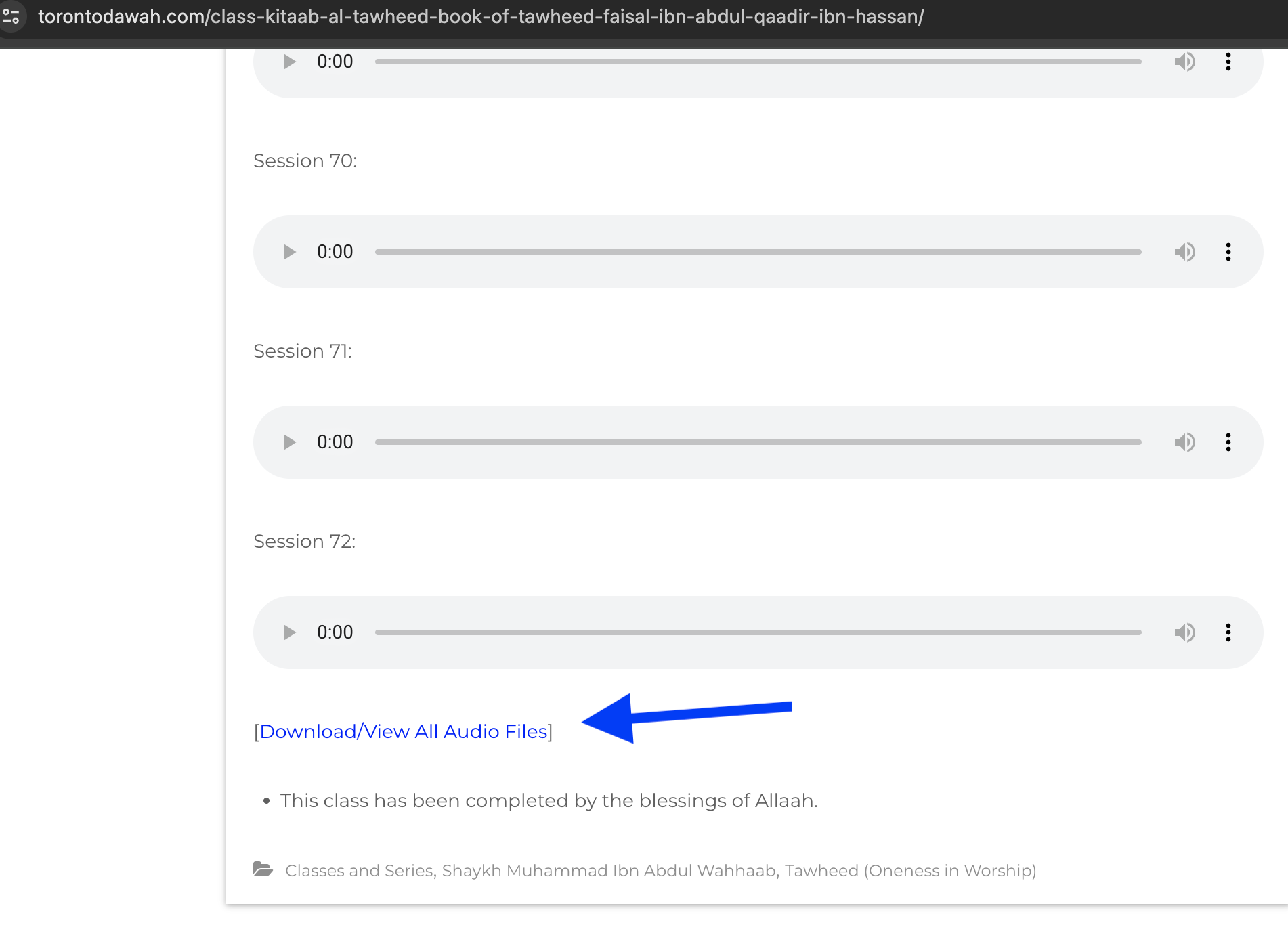Ash-Shaykh Uthaymeen, may Allaah have mercy upon him, said:
The scholars have differed as to where one should look while standing in prayer. What is well known in the madhab of Imaam Maalik is that the one in prayer looks in front of him and the opinion of Imaam Ahmad is that he looks to the place of prostration and this is also the opinion of Imaam Ash-Shaaf’ee and Abu Haneefah and their proofs is the narration (that is disconnected) of Muhammad bin Sireen who related that the Prophet, sallalaahu ‘alaihi wasallam,
“used to lower his head and look down to the place of prostration”
due to that being more effective in causing khush’u.
Some scholars have said that verily the Imaam and the one praying alone looks to the place of prostration. As for the Ma’muum (the person being lead in prayer), then he looks at the Imaam and the proofs for thatv(opinion) is the hadeeths in Al-Bukhaari which states that
when the Messenger, alaihi as salaatu was salaam, prayed As-Salaatul Kusuuf, he informed his companions that he was shown Jannah and the Hell-fire, so he said to them “that is when you saw me moving forward and moving backwards”.
This is a proof that they were looking at him. And from the proofs is the hadeeth which narrates that
when the Prophet’s, alaihias salaatu was salaam’s minbar was made, he stood on it (for prayer), so he would stand and bow on it. However when he wanted to prostrate, he would come down to prostrate on the floor and said “indeed I have only performed this so you can follow me and learn my prayer”.
This is a proof that they were looking at him and also the Sahaabas mentioned that the Messenger used to read it in the inaudible prayer, so it was said to them (the sahaabas) “what made you come to know that” so they said “due to the moving of his beard”. All of this is in as-Saheeh Al-Bukhaari. So this is a proof that the ma’muum looks at the Imaam due it being more perfective in following (the Imaam) and due to the fact that the Imaam could stand or sit forgetfully, so the ma’muum looks at the Imaam. It will be more perfective for him in following the Imaam. As for the Imaam and the one praying alone, then he looks at the place of prostration. This opinion is the closest to the truth (in this matter) especially if the ma’muum is need of that (looking at the imam). For example if he is not able to hear (the Imaam) so then he looks at the Imaam so he can follow him or similar to that.
However the exception to this is when one is in the sitting position because he should look at his index finger due to the narration
of Abdullah bin Zubair that Prophet, ‘alaihi as salaatu was salaam that he never moved his eyes from his index finger.
And also some have given an exception to it if he was praying in the Masjid Al-Haraam while it is possible for him to see the Kabah, then he looks at the Ka’bah. Also, if one were praying As-Salaatul Khawf while the enemy is around him, here (in this scenario) he looks at the direction of the enemy. However, the correct opinion regarding the matter regarding the Ka’bah is that the one praying does not look at it due to there being no proof for that. Also due to that, it might be a distraction, especially if there are people performing at-Tawaaf around him.
[Tafseer Suratil Baqarah (2/126-127) Print: Daar Ibnil Jawzee]
Translated by
AbdulFattaah Bin Uthman
Abu Fajr
Shaikh Hasan Ibn Muhammad Ba Shu’iab [from the people of Knowledge from Hadramout] wrote in his book At-Tahseel wal-Eedaah Li Kafiyyatis-Salah:
“Where does the one praying look during his prayer?
The opinion of the majority of the scholars is the recommendation of looking at the place of prostration in all the prayer, except for the position of Tashahhud. He looks at his index finger [in this position]. They have for this opinion Ahaadith, however all of them are weak except the fact that looking at the place of prostration is closer to Khushoo’.
As for looking at the index finger in the position of Tashahhud, then there is the Hadith of Abdullah ibn az-Zubair (may Allah be pleased with him):
كَانَ إِذَا قَعَدَ فِي التَّشَهُّدِ وَضَعَ كَفَّهُ الْيُسْرَى عَلَى فَخِذِهِ الْيُسْرَى وَأَشَارَ بِالسَّبَّابَةِ لاَ يُجَاوِزُ بَصَرُهُ إِشَارَتَهُ
When the Messenger of Allah (ﷺ) sat to say the tashahhud, he placed his left hand on his left thigh and pointed with his forefinger, and his gaze did not go beyond the finger with which he was pointing
Reported by Ahmad (4/3), Abu Dawood (no. 990), and Nasaai (no. 1274). Graded authentic by al-Albani.
The Malikiyyah took the opinion to look forward. Their proof is:
1. The Hadith of Baraa ibn ‘Azib (may Allah be pleased with him):
وَكَانَ، غَيْرَ كَذُوبٍ أَنَّهُمْ كَانُوا إِذَا صَلَّوْا مَعَ النَّبِيِّ صلى الله عليه وسلم فَرَفَعَ رَأْسَهُ مِنَ الرُّكُوعِ قَامُوا قِيَامًا حَتَّى يَرَوْنَهُ قَدْ سَجَدَ.
Whenever we offered prayer with the Prophet (ﷺ) and he raised his head from the bowing, we used to remain standing till we saw him prostrating
[Bukhari no. 747]
2. The Hadith of Ibn ‘Abbas (may Allah be pleased with him) regarding the Eclipse prayer:
قَالُوا يَا رَسُولَ اللَّهِ، رَأَيْنَاكَ تَنَاوَلُ شَيْئًا فِي مَقَامِكَ
O Allah’s Messenger (ﷺ)! We saw you trying to take something while standing at your place
[Reported by Bukhari no. 748]
So in these Ahaadith is the evidence that those behind the Imam look at their Imam. Bukhari placed a chapter: (Raising the eyes to the Imam in prayer)
Ibn Battal rahimahullah said: “In this Hadith is evidence for Malik that the gaze of the one praying is towards the Qiblah”
Hafidh Ibn Hajr (may Allah have mercy upon) said: “It is possible that the meaning of the chapter is that the origin of the one behind the Imam is to gaze at the place of the prostration because that is desirable for Khushoo’ except if he needs to look at what the Imam is doing to follow his example. And Allah Knows Best”
[Fathul-Bar (2/233)]
He also said: “It is possible to separate between the Imam and the one who is behind the Imam. So it is recommended for the Imam to look at the place of prostration. Likewise the one behind the Imam, except when he needs to observe his Imam. As for the one who is alone, then his ruling is the ruling of the Imam”
[Fathul-Bari (2/232)]
Al-Albani rahimahullah said: “It is a good combination [between the evidences]”
[Asl as-Sifah (1/233)]
[At-Tahseel wal-Eedaah Li Kafiyyatis-Salah (pg (35-36)]
Translated by
Faisal Ibn Abdul Qaadir Ib Hassan
Abu Sulaymaan




